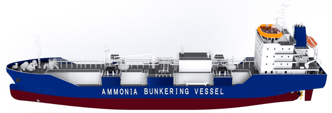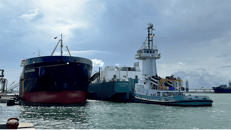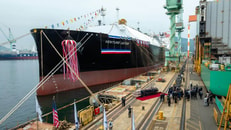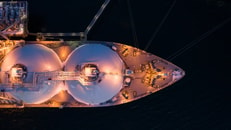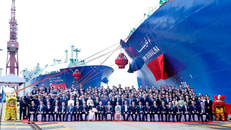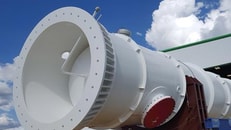Global LNG-fuelled fleet to exceed 1,150 by 2028, SEA-LNG reports
The number of liquefied natural gas (LNG)-fuelled vessels has grown significantly from 21 in 2010 to 590 today, with 564 more on order, projecting over 1,150 vessels by 2028.
That’s according to recent reports from SEA-LNG, which also note that LNG-fuelled vessels account for more than 2% of the global shipping fleet, with the order book continuing to grow.
Figures in the report suggest that a further 564 LNG-fuelled vessels are on order and, once fulfilled, these will take the total number of LNG vessels in operation by the end of 2028 to around 1,154.
Added to these are 772 LNG carriers in operation, with a further 341 on order at the end of 2023. This means that over 2,000 of the world’s 60,000 largest vessels are LNG-powered.
... to continue reading you must be subscribed





